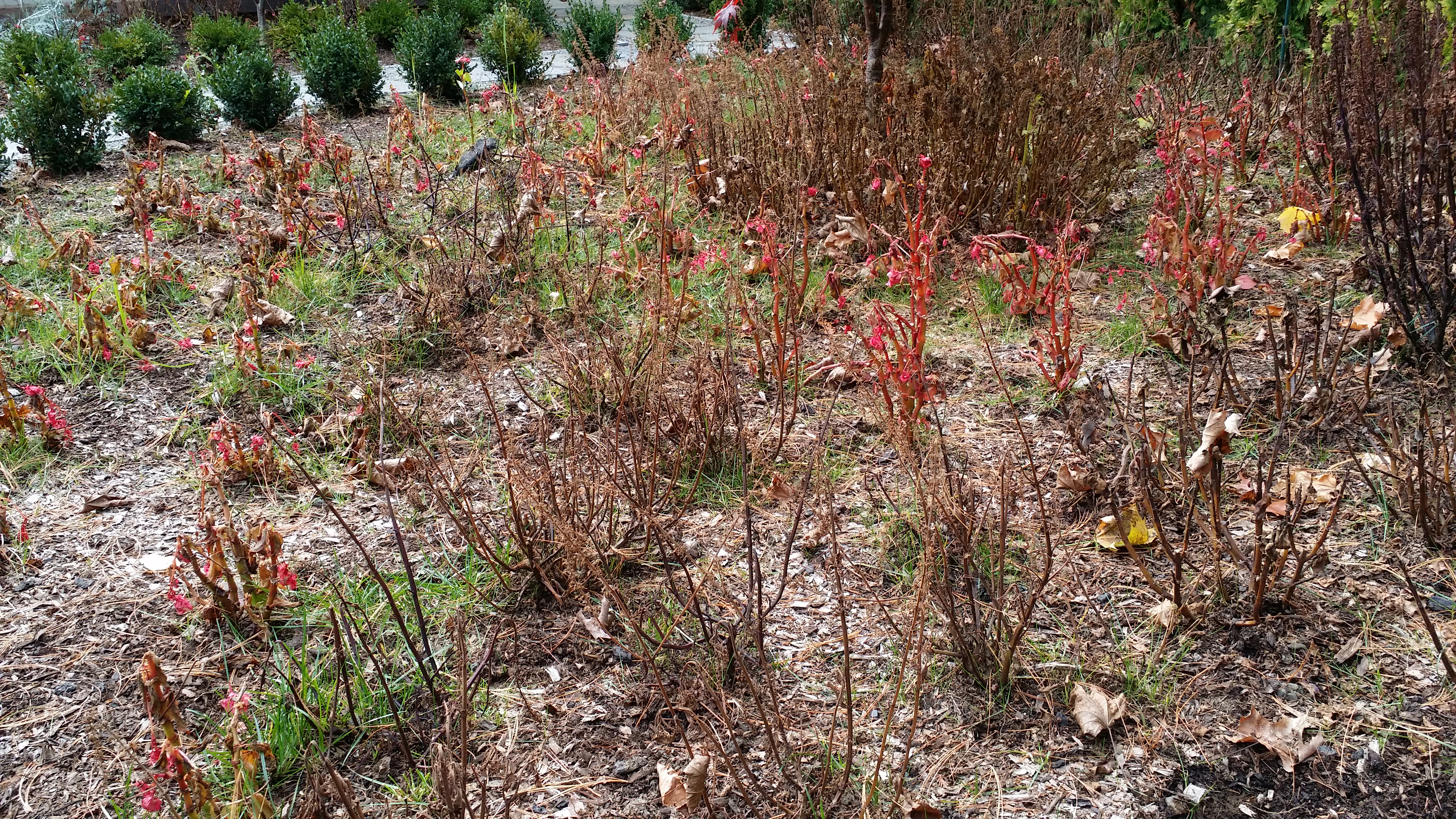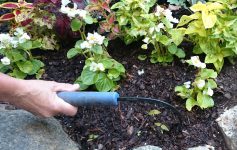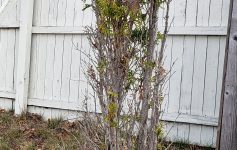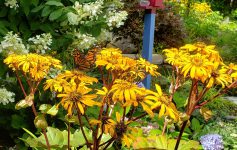 Today’s technology has come a long way. I recall the wonder and awe of the televison commercials boasting the ability to manage electronics in my home environment with “The Clapper”. I found it remarkable to be able to turn on/off my lights or TV with the simple clap of the hands. Those clapper TV commercials have no doubt gone down in TV marketing history!
Today’s technology has come a long way. I recall the wonder and awe of the televison commercials boasting the ability to manage electronics in my home environment with “The Clapper”. I found it remarkable to be able to turn on/off my lights or TV with the simple clap of the hands. Those clapper TV commercials have no doubt gone down in TV marketing history!
Today’s environmental technology now makes such a thing look like child’s play. Through our smart phones and apps we can lock/unlock our doors, turn lights on and off, as well as manage the environmental temperature in our homes. And these environmental controls at the touch of our fingertips are just a scratch on the surface of what is actually available out there today.
But managing the environment of our outdoor gardens requires more than the proverbial “clap on/clap off” approach. Good initial design and sustainable practices provide the winning formula for gardening success. I was reminded of this last week when asked to winterize a newly installed focal garden. Digging in the dirt that day I thought revisiting a few sustainable practices in this week’s blog would be a positive way to close out 2014 and begin planning for our 2014 garden season.
My labor intensive garden restoration project reminded me of the need to consider the surrounding environment as a whole when installing a newly dedicated garden area. In this case, the installers proceeded to over-seed the newly constructed area surrounding the dedicated bedding areas, without regard for seed migration into the garden beds. The impact of seed migration whether it be newly seeded lawn areas or poorly managed lawn cutting at garden peripheries is huge. These seeds migrate and lodge around your newly planted shrubs and flowers, not to mention uptake nutrients in your beds. Once growing in your bed, weed and lawn seed roots shoot runners that become very difficult to completely remove. Cutting turf areas regularly before they go to seed and applying a complete cycle of lawn installation practices (not just tossing seed out over an area) will reduce this problem of grass migration into your beautiful beds. I also regularly install Victorian bed edges to my gardens which keep the areas neat and easier to maintain.
Another practice that supports high consumption and little care for sustainability is designing gardens with high focal areas that use annuals with limited shelf life here in the North country. As seen in the image, the browning annuals took up at least 80% or so of the garden space. As a sustainably minded gardener, I like to keep that at no more that 25%. At that rate you get the splash of color and texture, but retain a framework for all season display through site specific perennials and shrubs. Our North Country weather dictates care in selecting annuals that will go from Memorial Day weekend through November 1st to get the most bang from your buck. Many of my initial annuals where used as part of my Autumn displays by applying that practice…. overall a wiser financial investment and time saver.
As I have always said, no garden is maintenance free, but a good design and adherence to sustainable practices at the onset, can reduce maintenance time……. “Keeping Green Sustainable”(c) in your garden and pocketbook.



